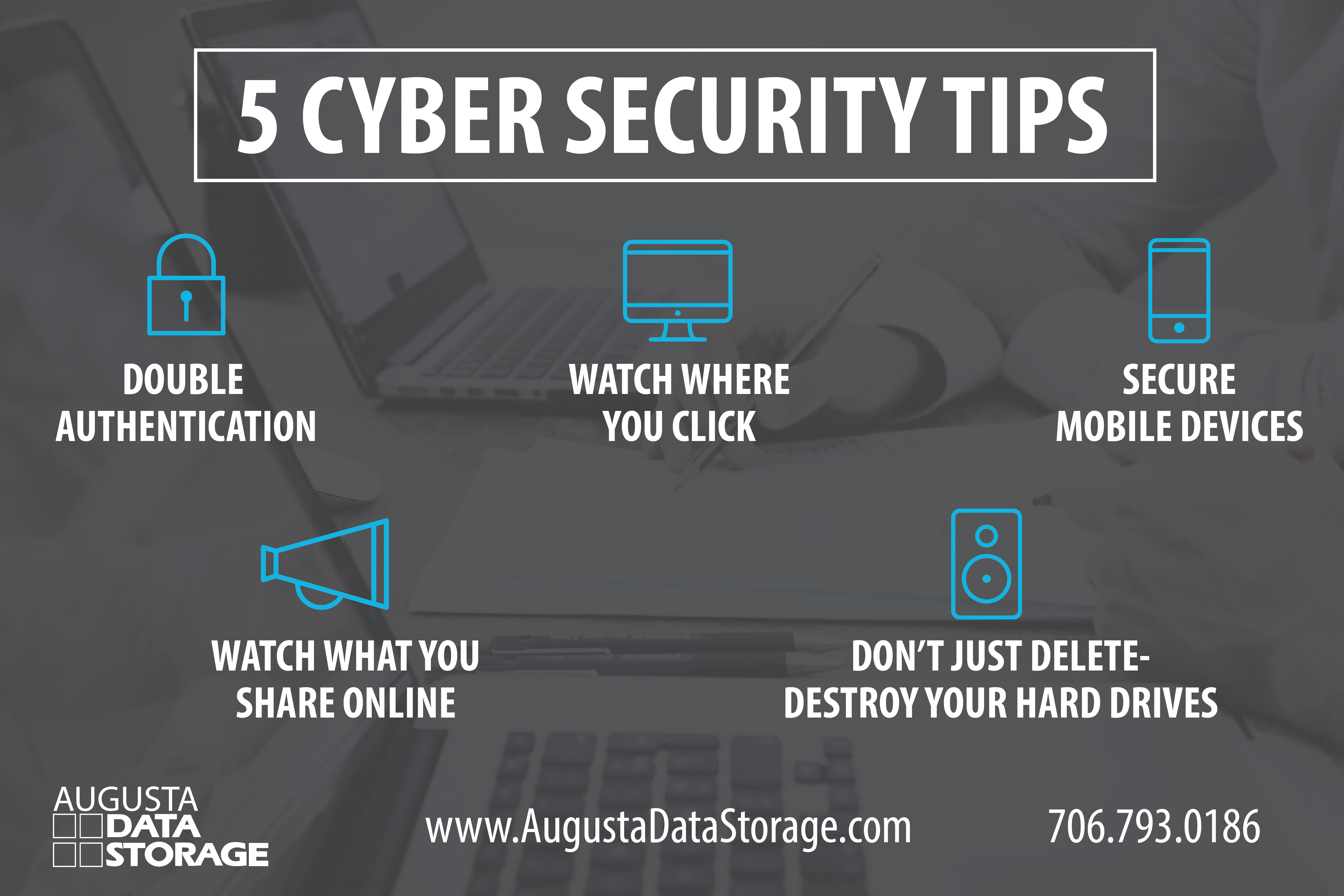Maximizing Cyber Security through Advanced Data Destruction Approaches
Maximizing Cyber Security through Advanced Data Destruction Approaches
Blog Article
The Relevance of Effective Information Damage Practices in Shielding Sensitive Info and Ensuring Computer System Safety And Security
In an era where data violations are progressively usual, the value of efficient information devastation techniques can not be overstated. Organizations face considerable dangers when delicate information is improperly gotten rid of, potentially causing unapproved gain access to and severe monetary consequences. Carrying out robust data devastation techniques not only mitigates these dangers however additionally straightens with legal conformity needs, making certain that companies maintain their online reputation and foster customer count on. The concern remains: what specific strategies can be utilized to enhance these practices, and exactly how can companies effectively integrate them into their general cybersecurity framework?
Comprehending Data Damage
Comprehending information damage is essential in today's electronic landscape, where delicate info can conveniently be compromised. Reliable information destruction entails not just erasing documents but ensuring that information is irretrievable through extensive techniques. This process is crucial for companies that manage private client details, intellectual building, or inner records, as any type of breach can bring about severe economic and reputational effects.
Data devastation encompasses various techniques, consisting of shredding physical media, degaussing magnetic storage space gadgets, and employing software-based remedies that overwrite information numerous times. Each approach offers a certain purpose and should straighten with the level of sensitivity of the information being taken care of. For instance, physical damage is typically chosen for hard disk drives containing very private data, while software approaches may be enough for less delicate details.
Moreover, sticking to market standards and policies, such as the General Data Defense Guideline (GDPR) or the Medical Insurance Transportability and Accountability Act (HIPAA), is necessary for conformity and to reduce lawful threats. Organizations needs to create a robust data devastation policy, train employees on ideal techniques, and routinely audit their treatments to make certain that all delicate info is disposed of safely and successfully.
Dangers of Inadequate Practices
Insufficient information devastation techniques subject organizations to considerable dangers that can have significant repercussions. When delicate details is not effectively thrown away, it remains vulnerable to unauthorized accessibility, which can cause data breaches and identity burglary. Such incidents not only endanger the protection of people however additionally stain the company's track record, leading to a loss of consumer trust fund and potential monetary effects.
Moreover, regulatory compliance is significantly strict in many sectors. Failing to comply with information destruction regulations can lead to substantial fines and lawful actions versus companies. These fines can divert and strain economic sources focus from core business procedures.
On top of that, the abuse of recurring information can result in intellectual residential property theft or company espionage, threatening competitive benefits (data destruction). The influence of insufficient data damage prolongs past instant economic losses; it can likewise result in long-term damages to brand stability and market setting

Organizations need to acknowledge that information security is not exclusively regarding preventing violations; it also incorporates the accountable monitoring of information throughout its lifecycle. Overlooking effective information damage protocols can have disastrous ramifications, highlighting the necessity for durable procedures to alleviate these dangers.
Best Practices for Data Damage
Executing effective information devastation techniques is essential for guarding delicate details and keeping compliance with regulative standards. Organizations needs to adopt a multi-faceted strategy to make sure that information is irretrievable, thus protecting against unauthorized access and prospective breaches.
First, information ought to be categorized based on level of sensitivity, allowing organizations to apply ideal damage approaches customized to the degree of risk. For digital information, using software-based data-wiping devices that adhere to market criteria can effectively overwrite existing data. Physical damage techniques, such as shredding or degaussing, are critical for gadgets that save delicate information, making certain total removal.
Developing a clear information retention plan is crucial, describing the length of time different kinds of information must be retained before devastation. Normal audits of information storage space systems are also necessary to identify unnecessary or out-of-date information needing removal.
In addition, training workers on the significance of information destruction and the specific methods to comply with fosters a society of protection within the company. Lastly, maintaining paperwork of information devastation processes provides liability and sustains compliance with exterior laws and internal policies. By sticking to these finest practices, companies can substantially mitigate the risks related to information direct exposure.
Legal and Conformity Factors To Consider

Failure to follow these policies can cause extreme penalties, consisting of considerable fines and reputational damages. Organizations needs to implement a robust data destruction policy that aligns with these lawful structures and offers clear guidelines on the correct approaches of information disposal, whether physical shredding or electronic wiping.
Additionally, maintaining documentation of information damage activities is vital for demonstrating compliance throughout audits or examinations. By prioritizing legal and conformity considerations, organizations can improve their information security pose and foster count on with stakeholders and clients, inevitably adding go to my site to an extra secure information monitoring atmosphere.
Advantages of Effective Information Devastation
Reliable information devastation techniques extend beyond plain compliance; they provide significant benefits to organizations that prioritize them. By making sure that delicate info is irretrievably destroyed, organizations reduce the risk of information breaches and the possible financial repercussions related to them. This aggressive method not just safeguards versus unapproved gain access to yet additionally improves the general dependability of the company in the eyes of stakeholders and clients.
Executing robust data devastation techniques, such as physical destruction of storage tools or advanced information wiping techniques, adds to the fortifying of a company's cybersecurity pose. data destruction. It reduces the probability of intellectual property theft and secures exclusive info, therefore maintaining a competitive edge in the market

Verdict
In verdict, reliable data damage techniques are necessary for guarding delicate details and boosting general computer safety and security. Ultimately, a commitment to robust data destruction methods promotes a culture of obligation, therefore strengthening a company's cybersecurity posture and maintaining customer count on.

Report this page